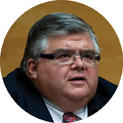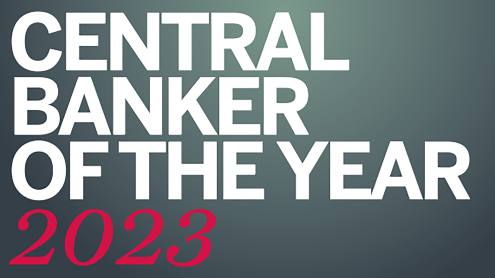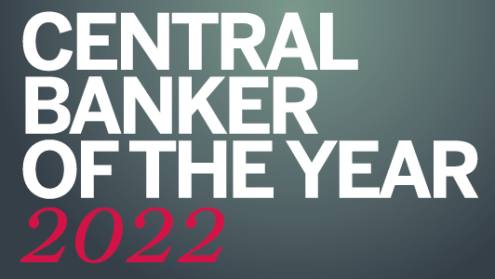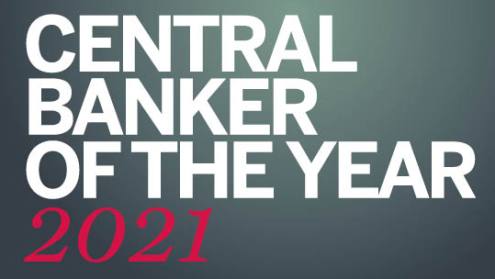Central Banker of the Year, Global and Americas
Agustín Carstens, Bank of Mexico
Well respected in international circles, Agustín Carstens’ first year as head of Mexico’s central bank has been somewhat eventful. He settled into his new position in January – having previously served as minister of finance – and by May had officially put forward his candidacy to lead the International Monetary Fund. Despite failing to overtake the favourite, Christine Lagarde, being one of the final two runners raised Mexico’s profile as a possible and very credible contender for such an influential and international position.
At a national level, Mr Carstens’ hands had been full too. Mexico’s initial economic recovery, after the first US-related economic crisis, has been halted by new problems north of the border. High volatility and insecurity about the US economy led the Mexican peso to depreciate against the US dollar and by November last year, even such an orthodox economist as Mr Carstens saw fit to intervene for fear that his country’s currency being valued too low would push inflation over the central bank’s target.
“We tried to [rein in] inflation,” says Mr Carstens. “I think we made substantial progress even if the external scenario was challenging. [For 2011] we will have around 3.5% inflation and a 4% gross domestic product growth. In general, these are strong figures, especially if you take them in the context of the global economy… In terms of inflation, we have achieved our goal.”
Mexico’s good macroeconomic fundamentals, coupled with the flexibility of its exchange rate and a strong banking system, have helped the country sail through the period of heavy turbulence of the past year, says Mr Carstens. After the home-grown Tequila crisis of almost two decades ago, banks were forced to strengthen their capital and greater supervision was introduced. This means that Mexico’s banking system is now not too far from the level of strength being introduced by international banking regulators.
“After our financial crisis in 1994 and 1995, we increased the amount of bank capital, so many of the aspects that have been promoted in Basel III are already present in our legislation. The marginal effort that our banks need to make is relatively small – we pretty much are fully Basel III-compliant now. The capital-to-assets ratio is about 15.5% for the banking system and there is a very strong definition of Tier 1 capital. We really see an opportunity to distinguish our banking system by adopting these [international] measures as soon as possible.”
But financial markets and global economic uncertainty is not over, and Mexico’s general elections later in 2012 may contribute, even if only marginally, to disruption. “[Our] main concern will be to be able to contain the external factors. We will [also] have an election period, and that always generates some noise, but we feel that we are very well prepared to deal with that circumstance. And of course the central bank, being autonomous [from government], will be at the forefront of preserving credibility [of our policies] going from one administration to another.”













